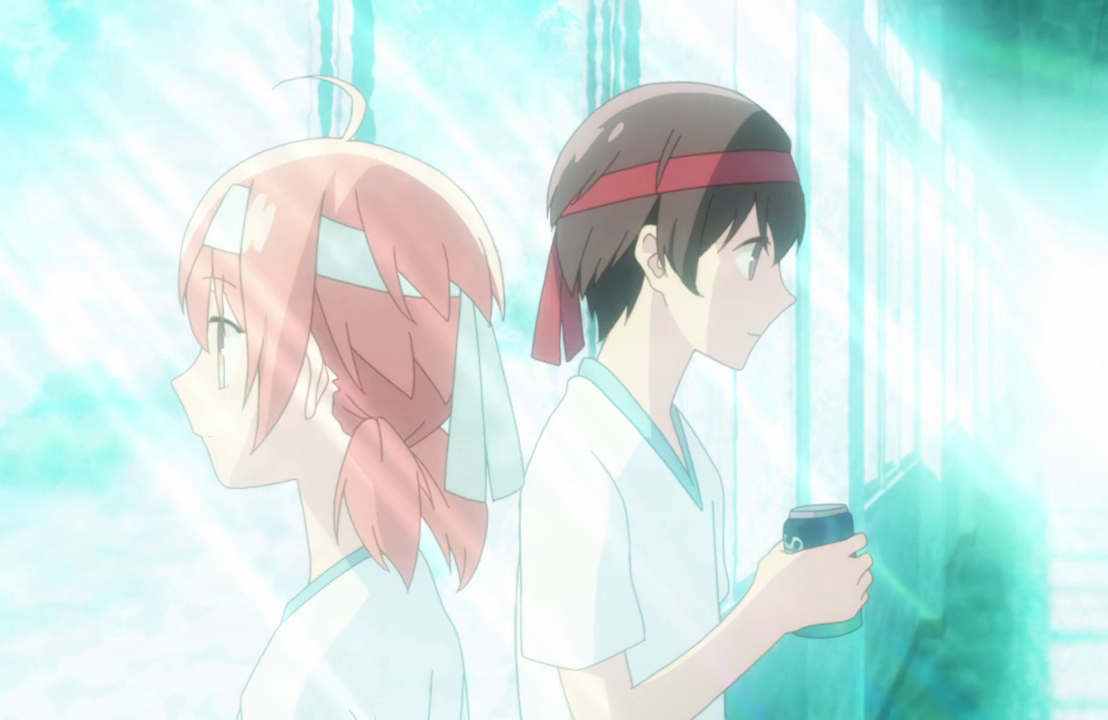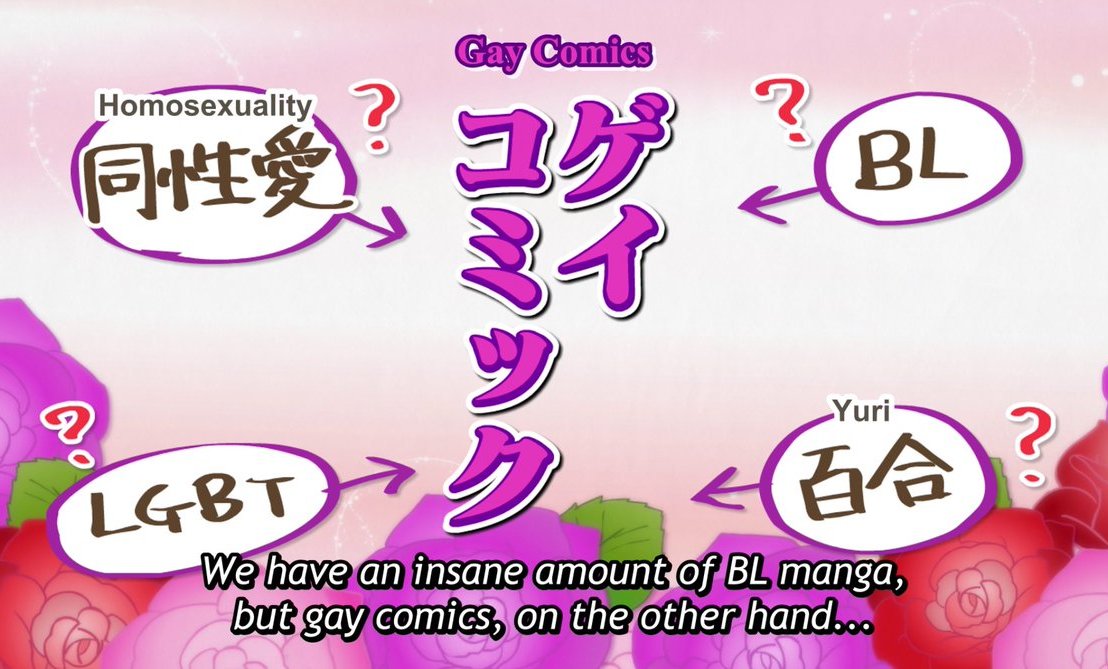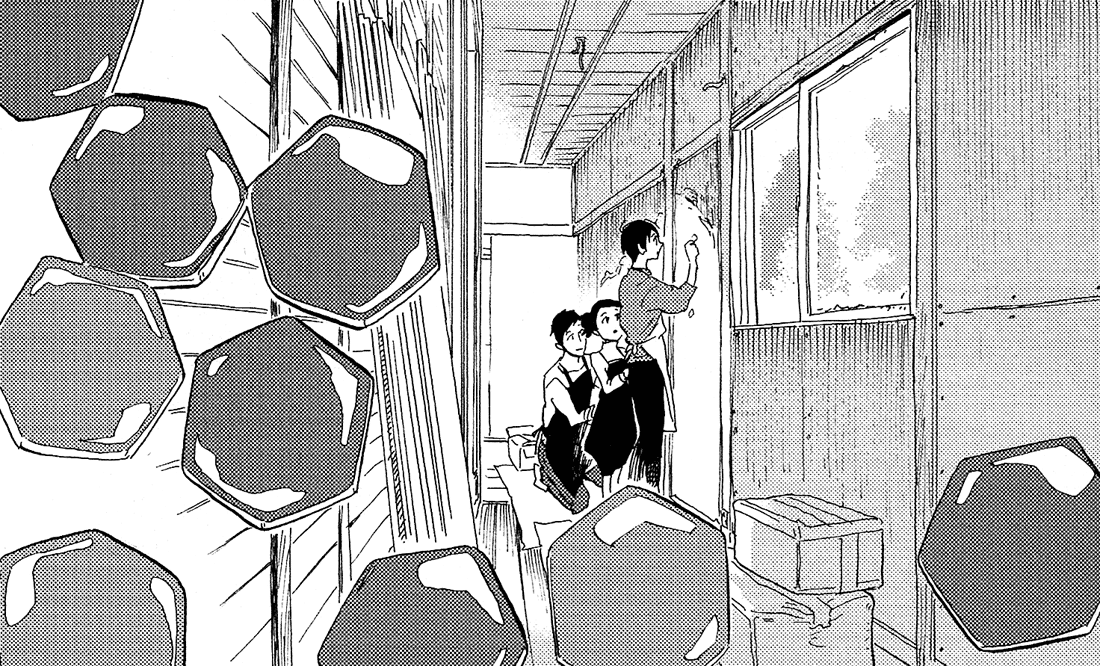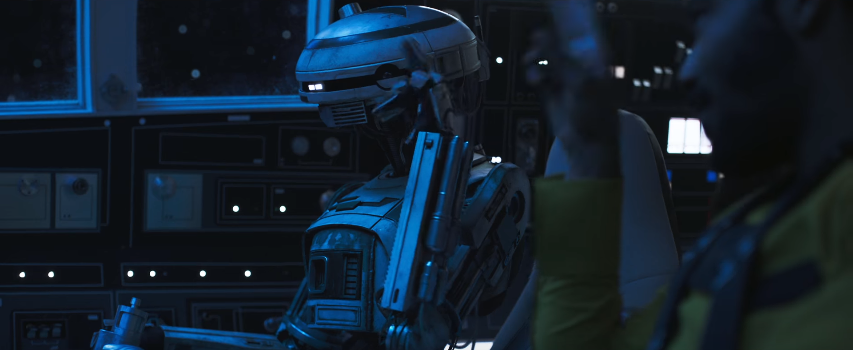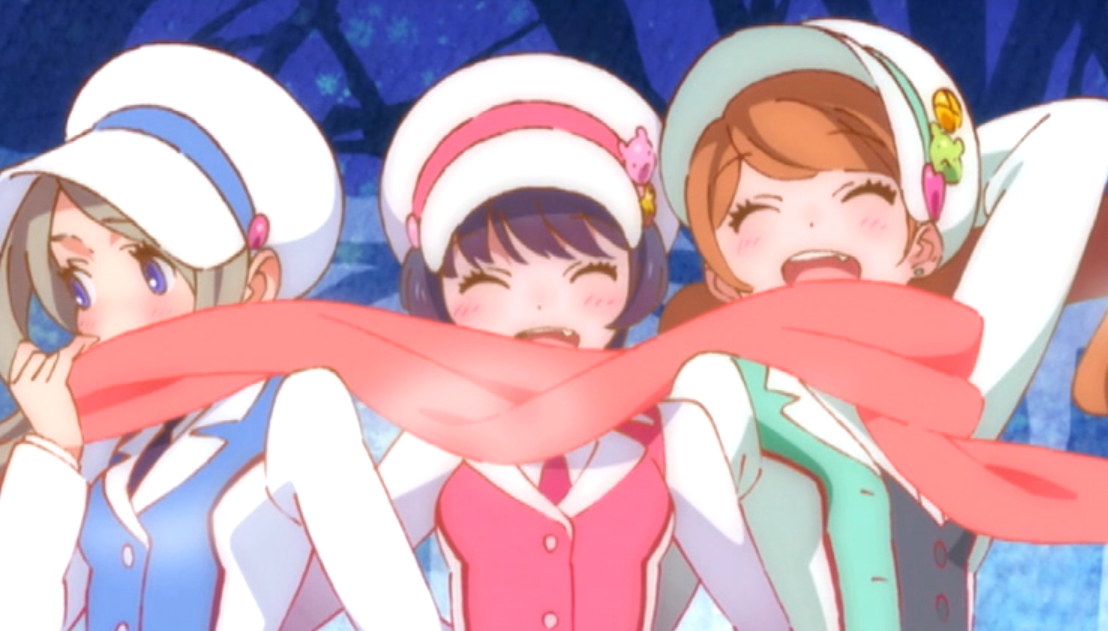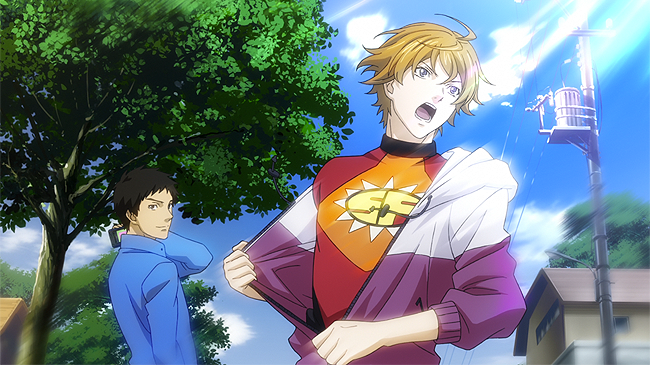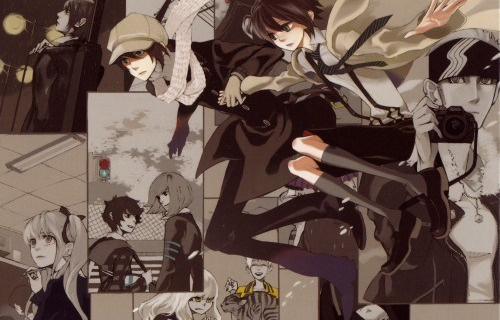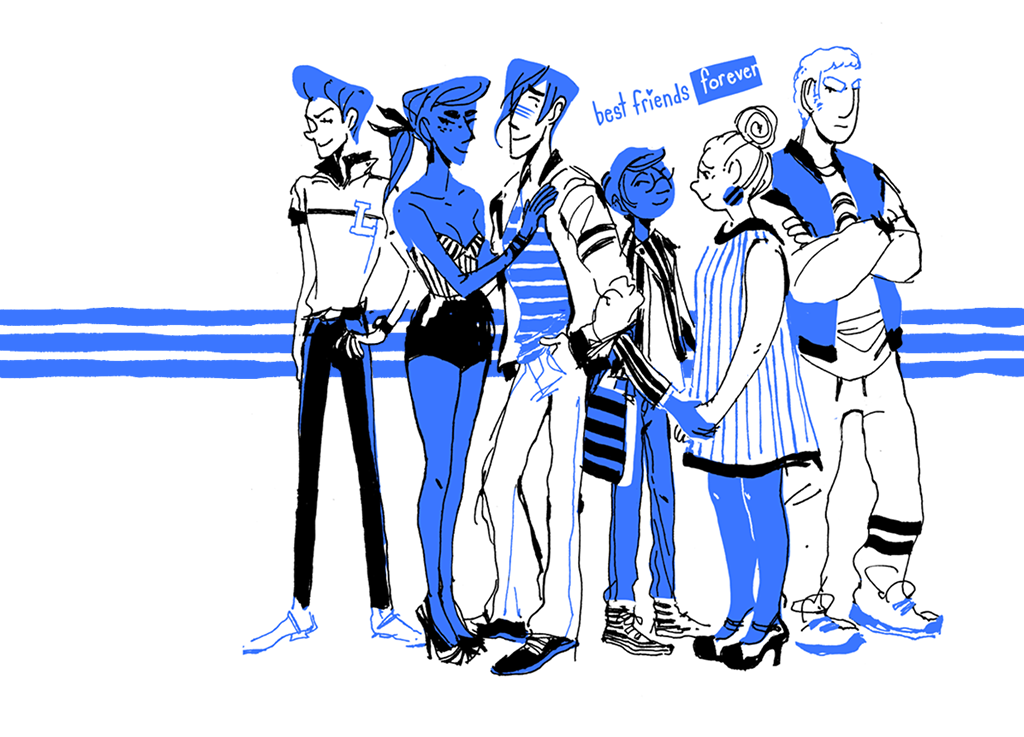Thank you to everyone who attended our panel Beyond Yuri!!! on Ice: LGBTQ Anime and Manga at Sakura-con 2017 (or wanted to and didn’t get in)! We didn’t expect so many people and were incredibly grateful for the support. We held this panel again at Kumoricon 2017 in two parts. Thank you to everyone who attended at either convention! Now that it’s been a year since Yuri!!! on Ice aired, this panel has been retired but the transcript will remain. Keep in mind this post lacks the slideshow, delivery, and discussion time of the full panel.
The title isn’t a knock on Yuri!!! on Ice at all. (We hosted this panel cosplaying Yuri and Victor, after all.) Rather, we want to use its popularity as a springboard to bring attention to other anime and manga that feature LGBTQ themes and issues.
We’ll be covering a variety of manga and anime that portray LGBTQ themes in positive, negative, and mixed ways. This includes some gross stereotypes and tired tropes, given that they can affect what may be seen as LGBTQ representation. (In other words, keep in mind that we’ll be talking about homophobic, transphobic, and gender essentialist content.) Anime or manga that use the words lesbian, gay, bi, trans, and queer are rare; but we’re working with those that come as close to it as possible. By the way, we generally won’t be including adaptations of video games, visual novels, and light novels because it would simply get too long. Those mediums have unique histories and conventions that require analysis outside the scope of this panel.
We will also be including LGBTQ history and topics in Japan to give context and see how they connect to anime and manga. The only spoilers we’ll discuss will be relevant to the LGBTQ content. If you were recommended an anime on the basis it has a gay character but it turned out they were actually straight or they die you’d want to know beforehand, right? We’re sorry if we don’t mention your favorite anime or manga, but it’s impossible for us to know and cover everything. We’ve aimed to include a variety of works with major LGBTQ characters and themes, but more importantly manga by LGBTQ creators. We’re also prioritizing those that are legally available in the United States, unless they’re historically important or otherwise significant.
As a disclaimer, when it comes to our criticism, we don’t mean it as a personal condemnation or attack on anyone who enjoys any work we discuss. Both of us love most of the media that we cover here, even when they’re deeply flawed. Obviously, fans aren’t synonymous with all the problematic ideas a story can contain and perpetuate. We believe critical analysis of media is important and even when we love something or think that it’s important, that doesn’t mean it’s excused from critique. If everyone can agree on one thing, it’s that media can have great impact, positive and negative, which is worth discussion.
Also, it should go without saying this panel comes from a Western perspective to a Western audience. We’ve aimed to incorporate Japanese perspectives and insights and find our common ground as LGBTQ folk and build a bridge between cultures. When it comes to most of the Japanese creators we talk about, we only know so much about their identities and private lives. Between this and the culture and language barriers, we try not to assume too much about the creators themselves. Rather, we can only judge them by the content of their works and how they may or may not resonate.
With that in mind, here we go!
Continue reading “Beyond Yuri on Ice: LGBTQ Anime and Manga” →
